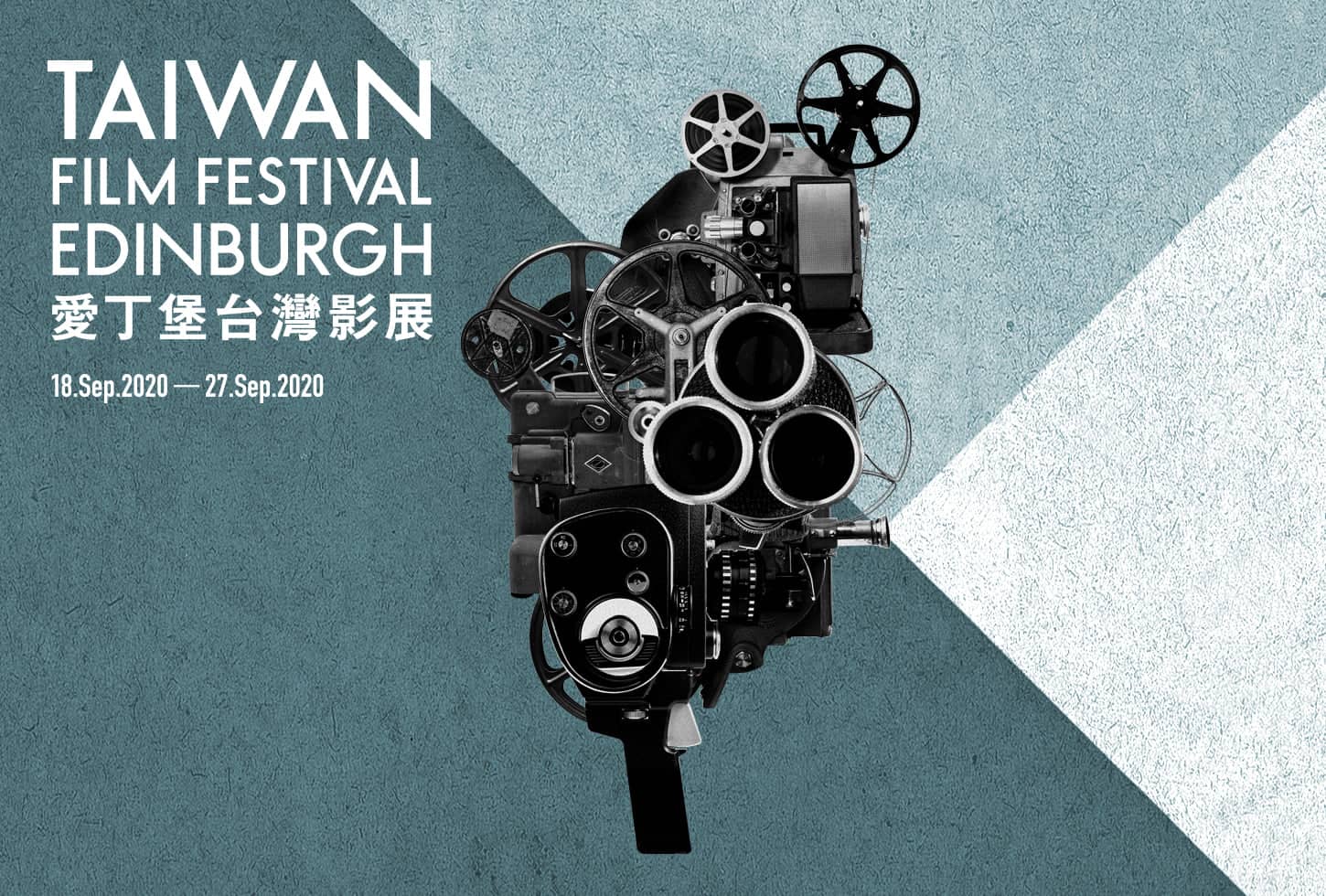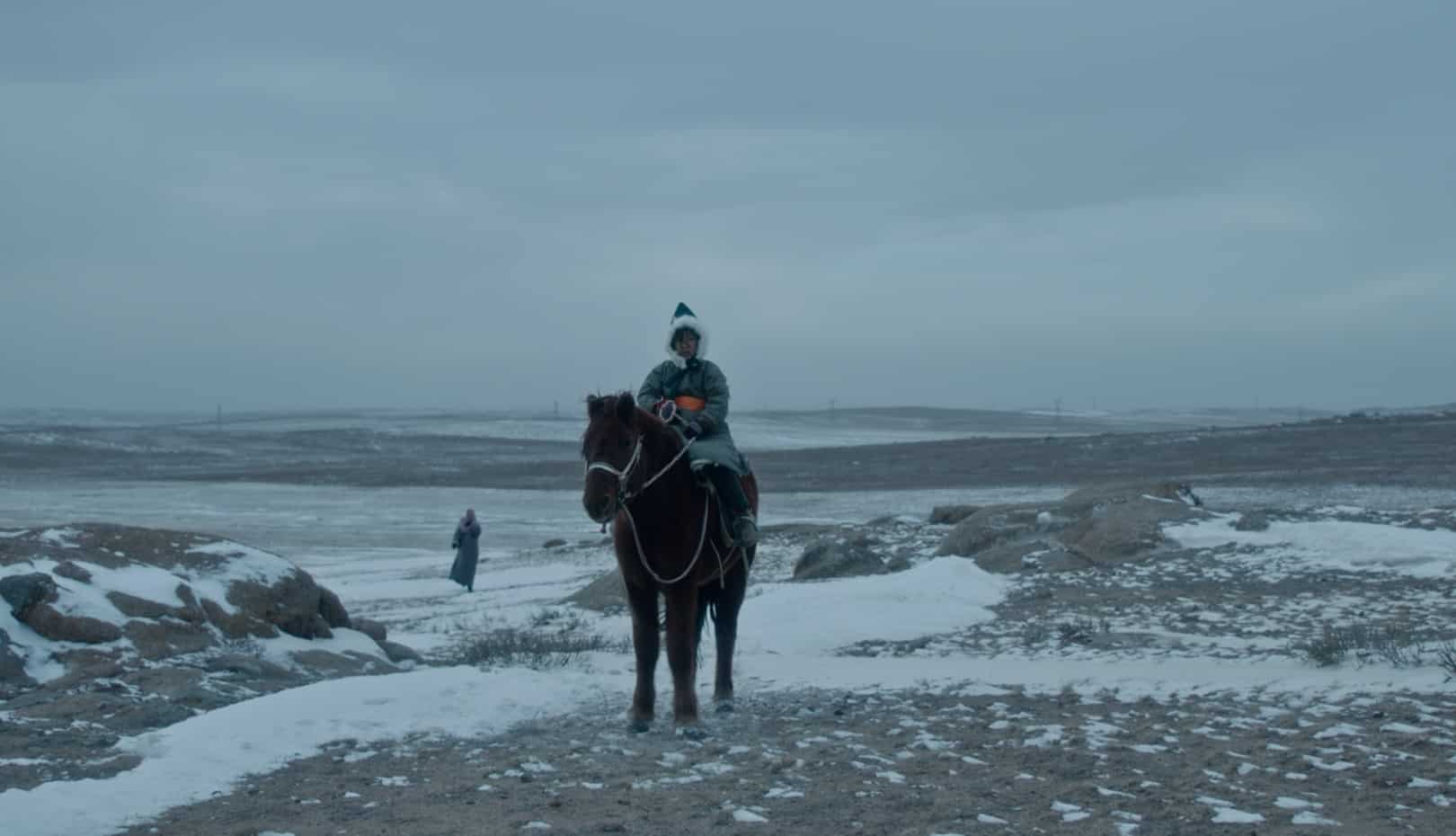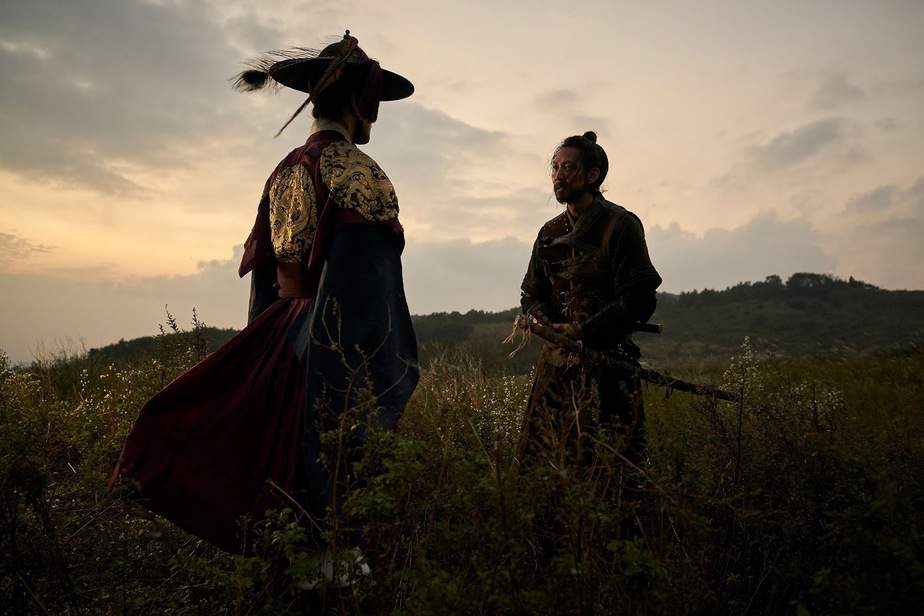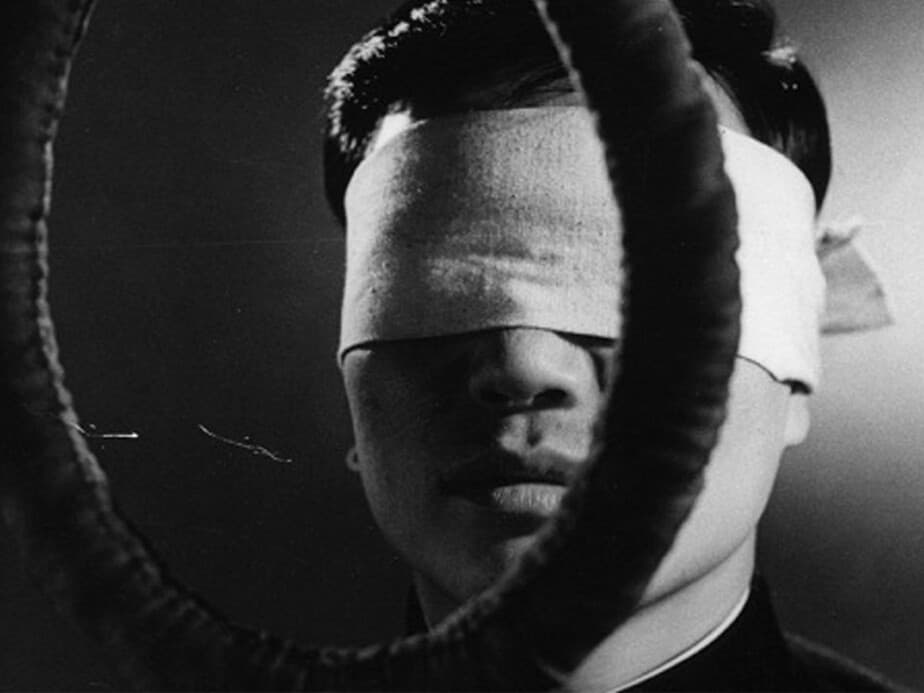King Hu's “A Touch of Zen” was a notorious production. It took 3 years to complete, with Hu taking various breaks in between shoots for reasons such as waiting months for a set to get an aged look naturally or for some flowers to bloom for a particular scene. Purportedly during one such break, his assistant director Tu Chung-Hsun took it upon himself to make a picture of his own using the same actors that were working on “A Touch of Zen” and had also worked in “Dragon Inn” before that for Hu, which resulted in “ A City Called Dragon”.
“A City Called Dragon” is screening at Taiwan Film Festival Edinburgh

The story is set in the Southern Song Dynasty, when China is occupied by the Manchu. The patriots are all holed up in Mount Taihang, using it as a stronghold for their resistance. Shang Yen-Chih is on her way to Dragon City to make contact with Chen Yang-xin, who is to hand over his plan book for the battle strategy against the Manchu. On arriving there though, she finds out that Chen and his entire family have all been assassinated by new governor Chang Chi-Tsu for rebelling against the state. Her mission now shifts to staying undercover and finding the plan book, which also exacting revenge against the Governor for Chen's murder. In this endeavour, help and danger are both about to come for Miss Shang from unexpected sources.
“A City Called Dragon” is very much a project in the same vein as the two aforementioned King Hu classics, which is not surprising considering Tu's involvement in both features as his assistant director. Like those, this also deals in the theme of rebellion against authority and is equally tense in places. This, however, does set itself apart by working largely as a spy film than a martial arts one. To that effect, Tu executes several key sequences with a surprisingly strong tense atmosphere to them, like the one where Miss Shang is searching for the plan book in Chen's old ransacked mansion or the superbly nerve-racking Key in the Fish sequence later on. There are some dips in the storytelling, but rather than stagnate completely, it merely meanders for a while before getting back on track. Twists and turns come in thick and fast and are maybe one too many and don't always surprise, particularly the final one which can be seen coming from the moment the narrative starts to set it up early on in the story.
Furthering the connection with, and a key reason this is compared to, the King Hu classics, is the presence of the leading actors Hsu Feng and Shih Chuh. Hsu Feng, who had just debuted with “Dragon Inn” before this but was yet to find the stardom that would eventually follow “A Touch of Zen”, is always a joy to watch brandishing a sword, but also gets to enact some dramatic moments, like the one where she is tortured or has to use her charm on a prison guard. Shih Chuh gets to portray a character with negative shades and does quite well with it, his stony expressions working oddly in his favour for once. Action sequences are not as frequent, but the choreography by Pan Yao-Kun, To Wai-Wo and Chen Shih-Wei caters to the actors' abilities and is thrilling. Several actors, like Hsuen Han, Wan Chung-san and Kao Ming carry on from “Dragon Inn” and play their parts well. Chen Hui-Lou makes his debut as Wo Li, one of the Manchu emperor's supreme fighters that governor Chang calls to Dragon City to find and fight Miss Shang. While he has a wicked maniac presence, thanks to the evil laugh he has down pat, but the ultimate fight with him proves to be a bit anticlimactic.
In terms of Chow Yip-Hing's cinematography as well, this reminds of the Hu features. Using tracking shots aplenty, it also makes use of some strategic object placements in the image's foreground to heighten the suspense in several scenes. Some symbolic sequences, like an otherwise quiet-footed cat making more noise while jumping than Miss Shang jumping off a rooftop are nice touches. Also be sure to check out the not entirely convincing use of jump cuts to denote a character fly-jumping across a longer distance, which stands in stark contrast with the smooth reverse jumps. The music also makes heavy use of percussion, reminding yet again of Hu's work.
“A City Called Dragon” must have been a chaotic project, what with the actors and director all having to work around the stagnating production of “A Touch of Zen” and trying to free themselves before work on that resumes, but that doesn't really show in the final output. The key question on most minds would be if it stands up well with those two and frankly, the answer would be, “No”. It doesn't have the deep reflection on themes like religion, identity or politics nor the detailed characterisation of “A Touch of Zen”. Neither does it have the frequent and far better choreographed wuxia action sequences that “Dragon Inn” does. But it is still a thoroughly entertaining and finely produced effort that works perfectly as the missing linking between those two.















